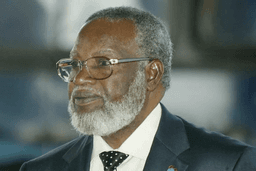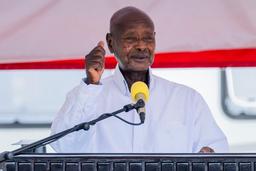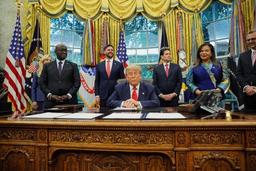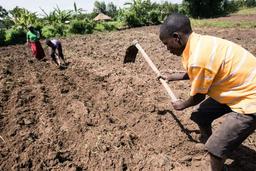Libya
Libya is a country in North Africa, bordered by the Mediterranean Sea to the north, Egypt to the east, Sudan to the southeast, Chad and Niger to the south, and Algeria and Tunisia to the west. It is the fourth largest country in Africa and the 10th largest in the world by land area.

Around 7 million (2024 estimate)

North Africa,

1.76 million sq. km

UTC +2

Arabic

Libyan Dinar (LYD)

Islam (Sunni Islam is predominant)

Transitional government
Brief
Libya is a country in North Africa, bordered by the Mediterranean Sea to the north and sharing land borders with Egypt, Sudan, Chad, Niger, Algeria, and Tunisia. It is one of the largest countries in Africa by area, with a landscape dominated by the Sahara Desert.
The capital city is Tripoli, and Arabic is the official language. Libya is rich in oil and gas resources, making it one of Africa’s leading energy producers. Its population is mostly Sunni Muslim, with a cultural blend of Arab, Berber, and Mediterranean influences.
Libya was ruled by Muammar Gaddafi from 1969 until his fall in 2011. Since then, the country has faced ongoing political instability and conflict, but efforts toward national unity and reconstruction continue. Despite challenges, Libya remains known for its ancient Roman ruins, desert landscapes, and Mediterranean coastline
Cultural Life
Cultural milieu
Libya, a North African country with deep historical roots, boasts a rich and diverse cultural milieu shaped by Arab, Berber, Islamic, Mediterranean, and desert traditions. Its culture is a reflection of centuries of influence, both indigenous and foreign, with religion, family, and tradition playing central roles in daily life.
At the heart of Libyan culture is Islam, particularly Sunni Islam, which influences nearly every aspect of social and personal life. Religious practices, such as the observance of Ramadan and daily prayers, are widely followed and form an essential part of the country’s identity. Social values are grounded in modesty, hospitality, and respect for elders, with a strong emphasis on family honor and tribal loyalty.
Libyan society remains largely patriarchal, with extended families maintaining close bonds and tribal affiliations continuing to influence community dynamics, especially in rural areas. Arabic is the official language, though Berber (Amazigh) languages are also spoken, particularly in the mountainous regions. This linguistic diversity reflects the ethnic composition of the country and adds to its cultural richness.
Art and music are important expressions of Libyan culture. Traditional music, including Berber and Tuareg styles, often features drums, flutes, and the oud. Oral storytelling and poetry are respected traditions, preserving history and values across generations. Libyan crafts, such as weaving, leatherwork, and silver jewelry, showcase the country’s artistic heritage, especially in indigenous communities.
Libyan cuisine blends Mediterranean and North African flavors, with dishes such as couscous, bazeen, shorba, and grilled meats being staples. Food is often enjoyed in a communal setting, emphasizing hospitality and social connection. Mint tea is a widely consumed beverage and a symbol of friendship and welcome.
Cultural celebrations are typically religious in nature, including Eid al-Fitr, Eid al-Adha, and the Prophet Muhammad’s birthday. These occasions bring families and communities together in joyful gatherings marked by music, dance, and traditional attire. In the desert regions, nomadic groups such as the Tuareg and Tebu continue to uphold distinct cultural practices, contributing further to Libya’s cultural diversity.
Daily Life and Social customs
Daily life in Libya is shaped by a mix of traditional values, modern influences, and the country’s ongoing political and economic challenges. In urban areas like Tripoli and Benghazi, many people work in government, education, healthcare, or small businesses, while markets and cafes serve as important social hubs. In rural areas, life is slower-paced, with agriculture and herding still common livelihoods. Family and religion play central roles, with daily prayers, close-knit households, and shared meals being key parts of life. Despite oil wealth, daily living can be difficult due to inflation, power outages, and occasional insecurity. Still, Libyans maintain a strong sense of hospitality, community, and cultural pride, continuing daily routines with resilience and adaptability.
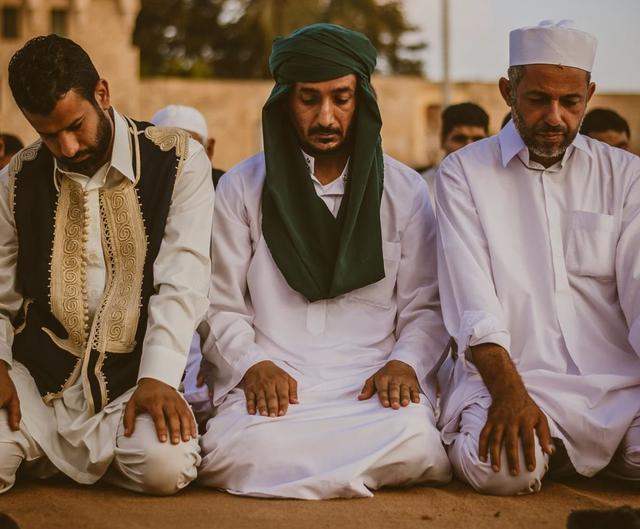
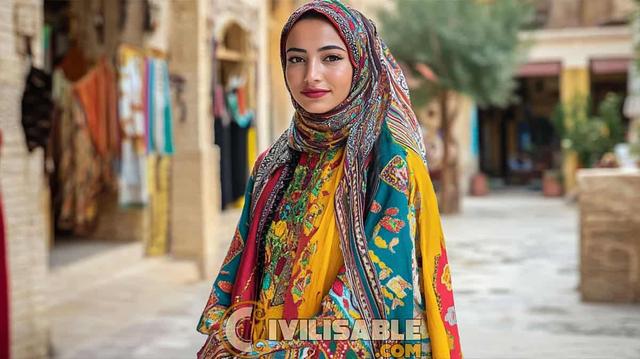
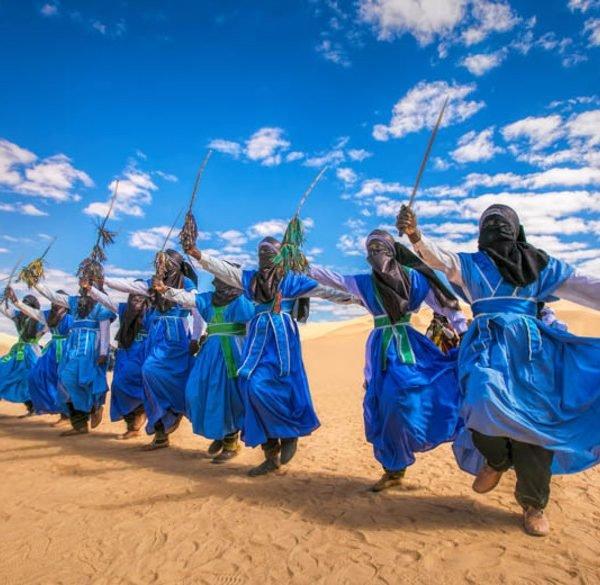
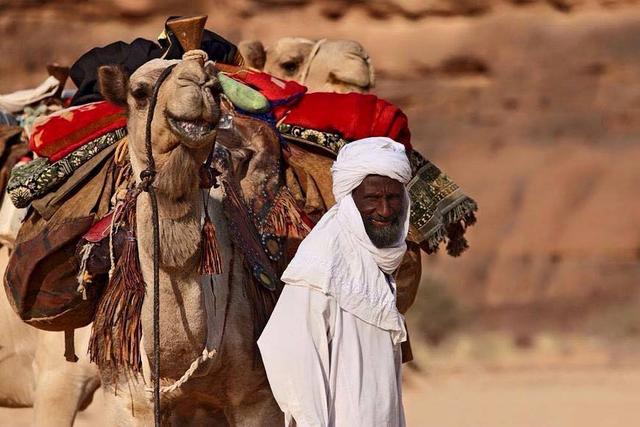
Cuisine
Libyan cuisine is a flavorful blend of Mediterranean, North African, and Middle Eastern influences, centered around rich spices, olive oil, and fresh ingredients. Couscous is a staple dish, often served with lamb, vegetables, or chickpeas. Another popular meal is bazeen, a dough-like dish made from barley flour, typically eaten with tomato-based meat sauce. Rice, pasta, and flatbreads are commonly served, and meals often include grilled meats, dates, and olive-based dishes. Libyans enjoy hearty stews and soups like shorba, flavored with cumin, coriander, and cinnamon. Tea, especially green tea with mint or peanuts, is a cultural staple, served throughout the day as a symbol of hospitality. Meals are traditionally shared with family, reflecting the country’s strong social and cultural values.
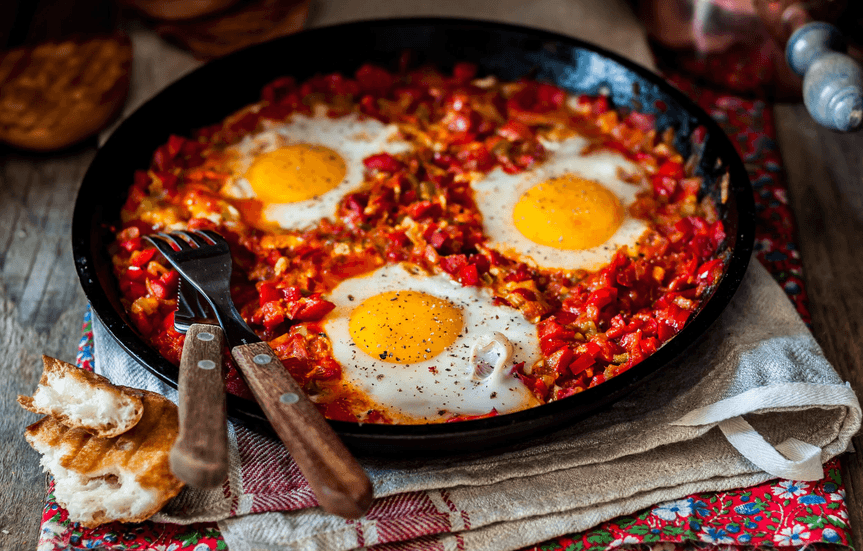
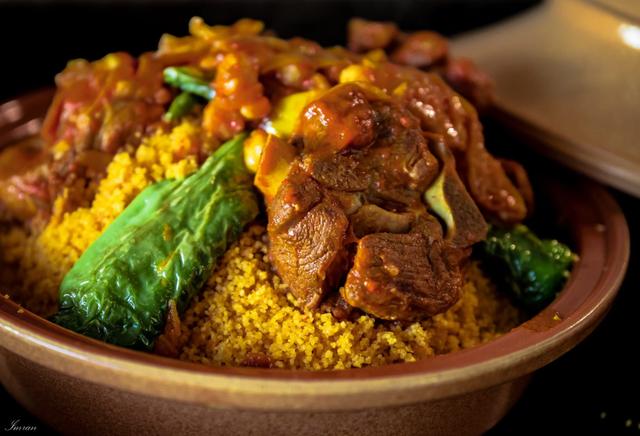
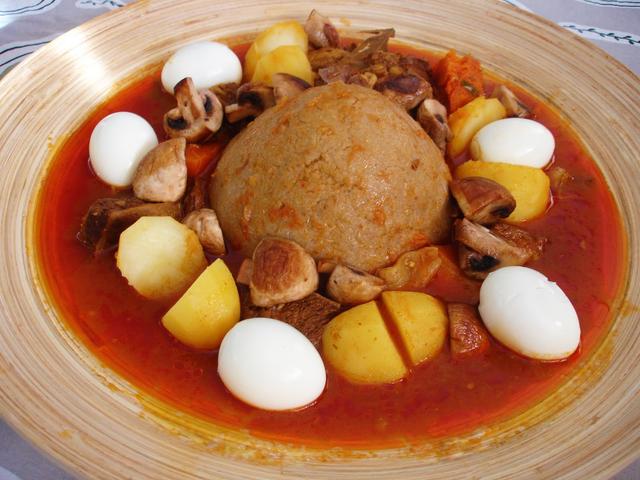


Music
Libyan music reflects a rich cultural heritage influenced by Arab, Berber, African, and Mediterranean traditions. Traditional music often features instruments like the oud (a stringed instrument), darbuka (goblet drum), and reed flutes, and is commonly used in weddings, festivals, and religious ceremonies. Folk styles vary by region, with Tuareg and Amazigh communities preserving distinct musical traditions through chanting, drumming, and storytelling. In urban areas, modern Libyan music blends Arabic pop, raï, and electronic elements, especially among younger generations. Music remains a key form of expression and identity, often carrying themes of love, resistance, and cultural pride, despite restrictions in some parts of society.
Libya music
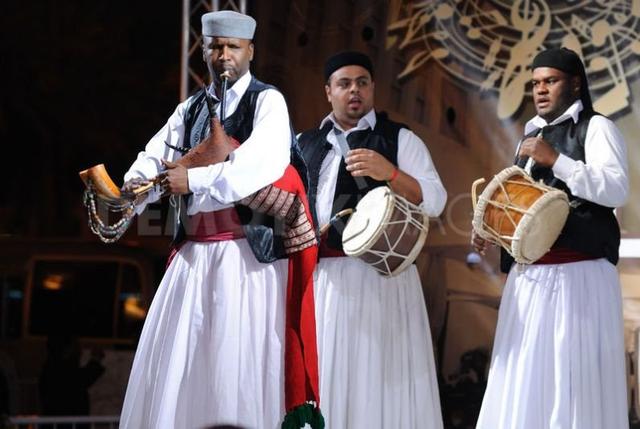
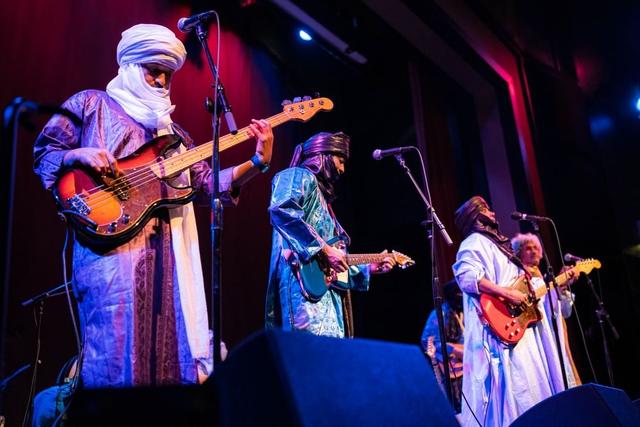
Arts
Libyan art is a reflection of the country’s deep historical and cultural roots, influenced by Berber, Arab, Islamic, and Mediterranean traditions. Traditional arts include calligraphy, geometric tilework, textile weaving, and jewelry making, often used in both everyday life and ceremonial settings. Tuareg and Amazigh communities are known for their symbolic designs and vibrant crafts. In modern times, Libyan artists have explored painting, sculpture, and photography, often expressing themes of identity, resistance, and social change. Despite political instability and limited public art spaces, Libyan art continues to thrive quietly, serving as a form of cultural preservation and personal expression.
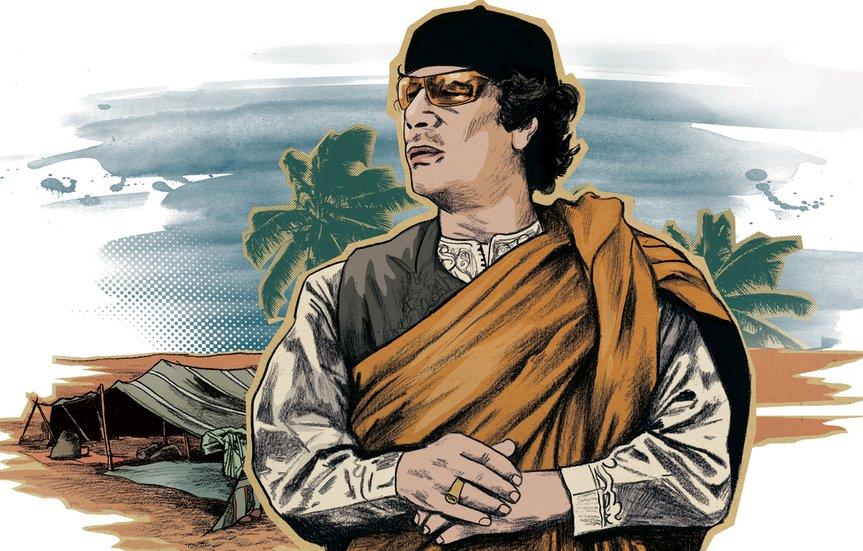
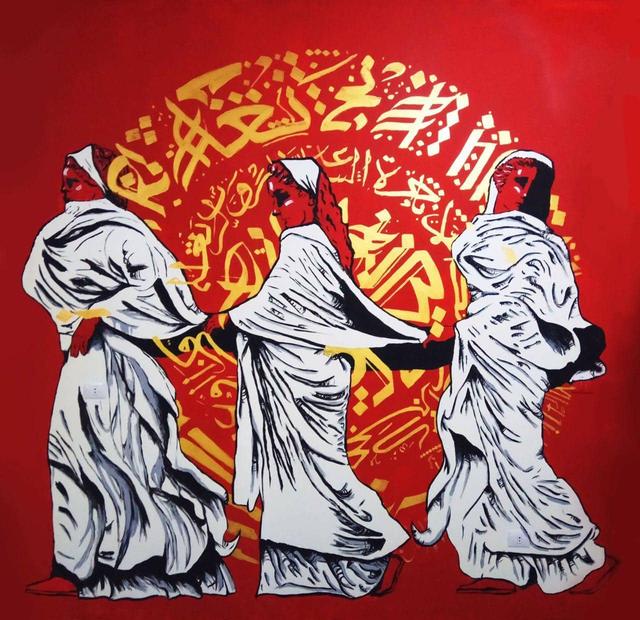

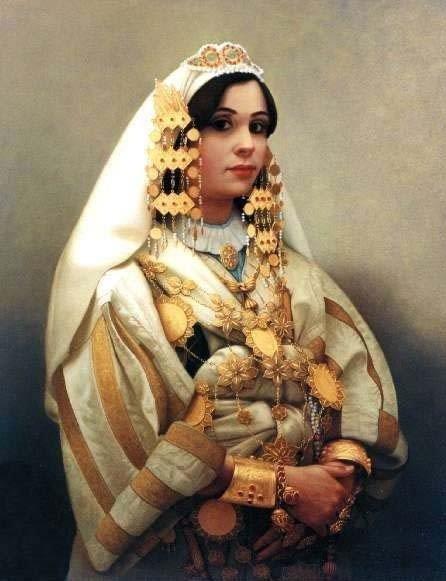
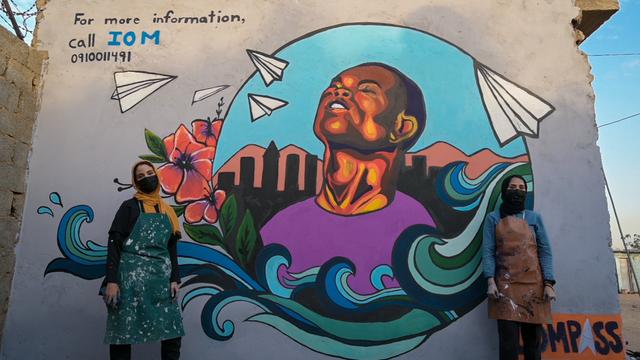
People
Ethnic Groups
Libya is home to a variety of ethnic groups, with the majority being Arab-Berbers, who make up most of the population and speak Arabic, the official language. Indigenous Amazigh (Berber) communities, such as the Nafusa, Tuareg, and Zuwara, maintain their own languages and cultural traditions, especially in western mountain and desert regions. In the south, the Tuareg and Tebu peoples live nomadic or semi-nomadic lifestyles, with distinct languages, dress, and customs. There are also small minority communities of Sub-Saharan Africans, Turks, and Italians, mostly in urban centers. Ethnic identity in Libya often overlaps with tribal and regional affiliations, which continue to play a significant role in social and political life.
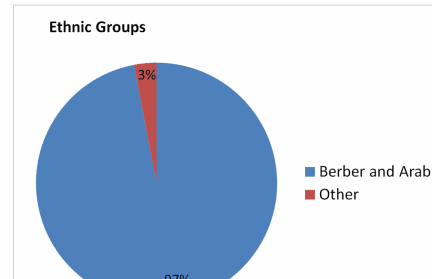
Libya Pie chart
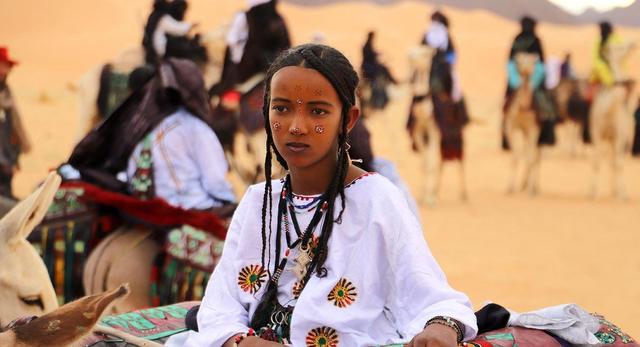
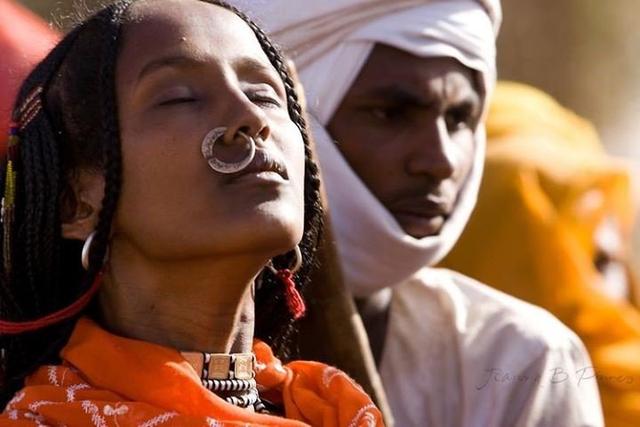
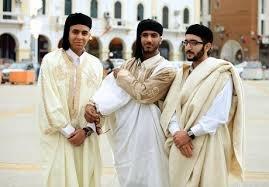
Religion
Religion plays a central role in Libyan society, with the vast majority of the population being Sunni Muslims. Islam is the state religion and influences daily life, laws, and customs. Mosques are central to community life, and daily prayers, fasting during Ramadan, and other Islamic practices are widely observed. While Libya is religiously homogenous, there are small minorities of Christians, mostly expatriates, and a few Ibadi Muslims and Sufi communities, who maintain distinct spiritual practices. Traditional Islamic values shape social norms, but individual levels of religious observance can vary, especially between urban and rural areas. Despite political unrest, religion remains a strong source of unity, identity, and guidance in Libyan life.
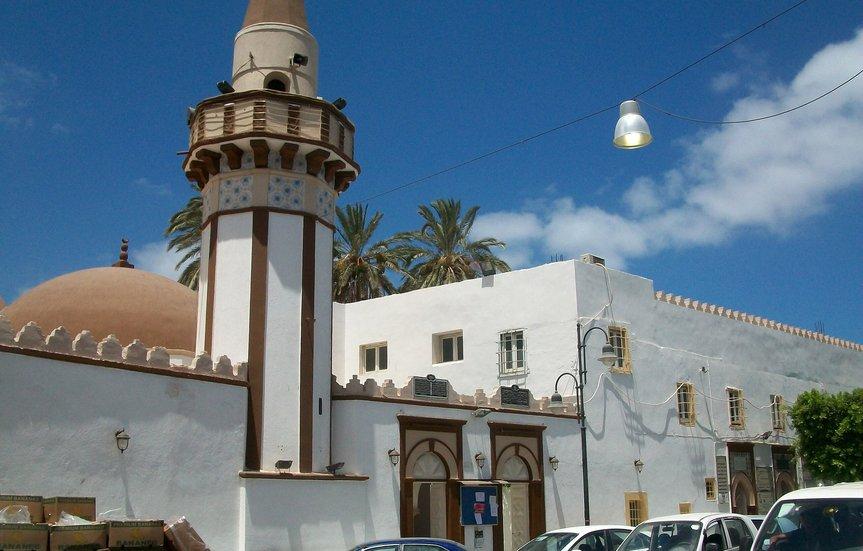
Settlement Patterns
Libya’s settlement patterns are shaped by its harsh desert geography and concentration of resources. The majority of the population lives along the Mediterranean coast, where cities like Tripoli, Benghazi, and Misrata serve as major urban centers offering better access to water, jobs, and infrastructure. Inland areas are sparsely populated, with only a few oases and desert towns like Sebha and Ghadames supporting smaller populations. Nomadic and semi-nomadic communities, such as the Tuareg and Tebu, inhabit southern desert regions, moving seasonally with livestock. Urbanization is increasing, with over 80% of Libyans now living in cities, leading to growing pressure on housing, services, and transport in urban areas.
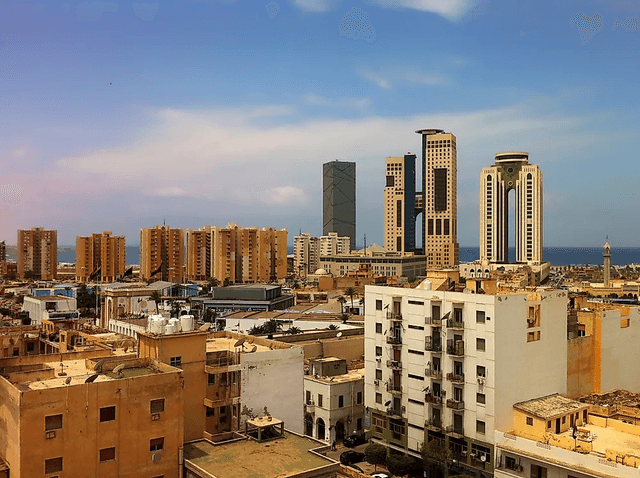
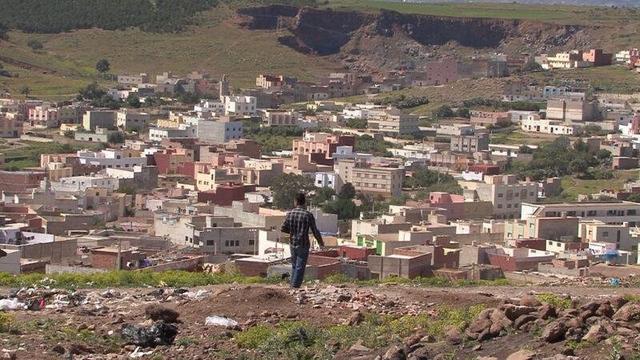
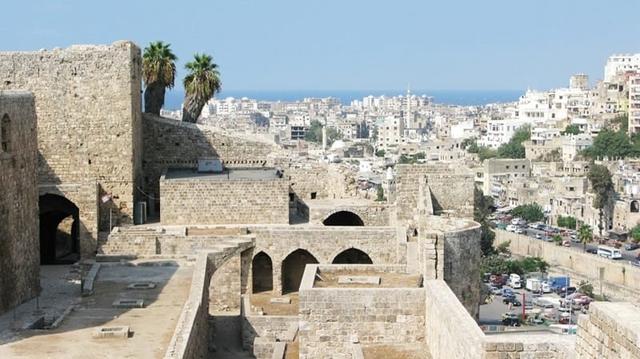
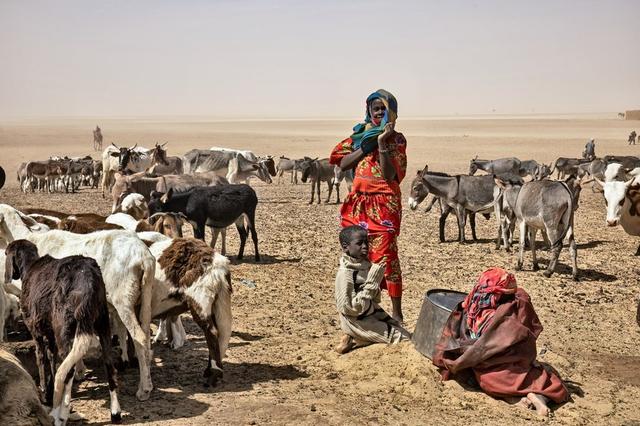
Demographic Trends
As of early 2025, Libya’s population is approximately 7.46 million, with a moderate annual growth rate of around 1.05%. The country is highly urbanized, with over 77% of the population living in cities such as Tripoli, Benghazi, and Misrata. The median age is 27.7 years, reflecting a relatively young population, though the proportion of children under 15 is gradually declining. Fertility rates have dropped to about 2.3 children per woman, close to replacement level, and the crude birth rate is around 16 births per 1,000 people. Life expectancy has risen to about 73 years. Despite these improvements, Libya faces challenges such as high youth unemployment, particularly among those aged 15–24.
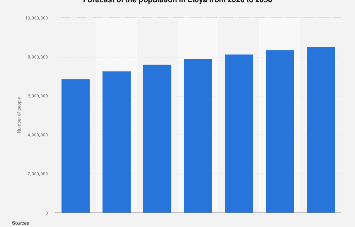
Touristic Cities
The capital city and largest urban center.Known for its historic medina, markets (souks), and Ottoman-era architecture.Attractions include the Red Castle (Assaraya al-Hamra), Martyrs’ Square, and the lively Gurgi Mosque.Gateway to Libya’s Mediterranean beaches and vibrant city life.
Tripoli City
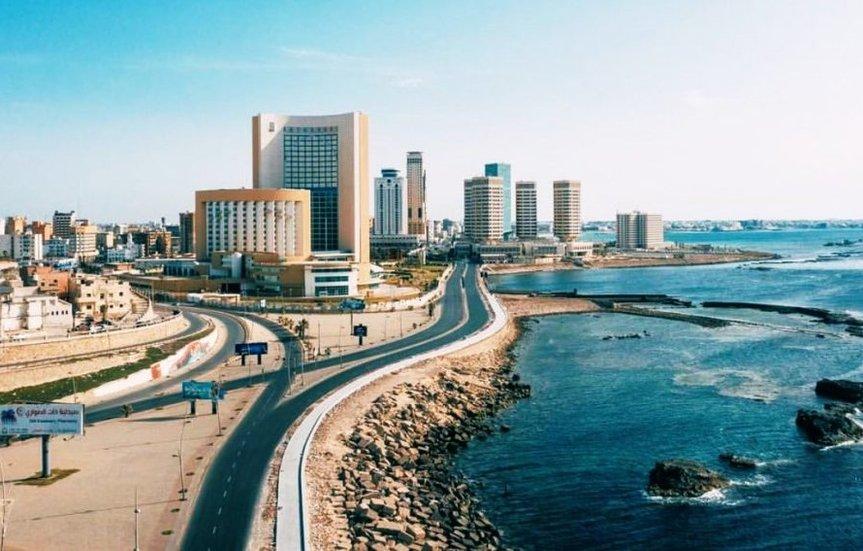
Libya's cities reflect a blend of ancient history, Mediterranean influence, and modern development. Tripoli, the capital and largest city, is a coastal hub known for its Ottoman-era architecture, bustling souks, and historic medina. Benghazi, Libya’s second-largest city, lies in the east and serves as a major commercial and cultural center. Sabha, located in the southwest, acts as a gateway to the Sahara and is important for trade and Tuareg culture. Misrata, a modern port city, is known for its industry and resilience. Other notable cities include Derna and Tobruk, both rich in history and situated along the eastern coastline. Together, these cities showcase Libya's diverse geography and deep-rooted cultural legacy.
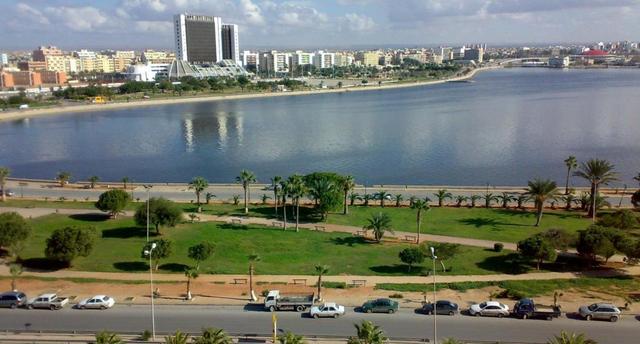
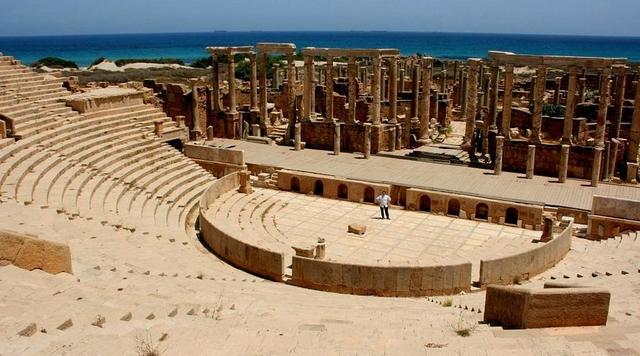
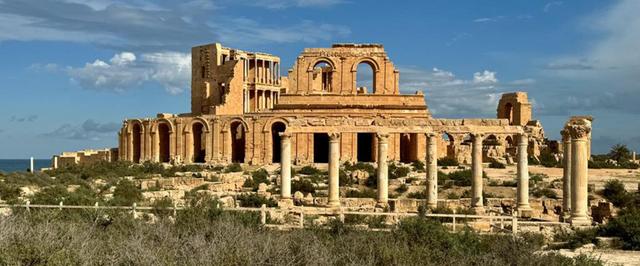
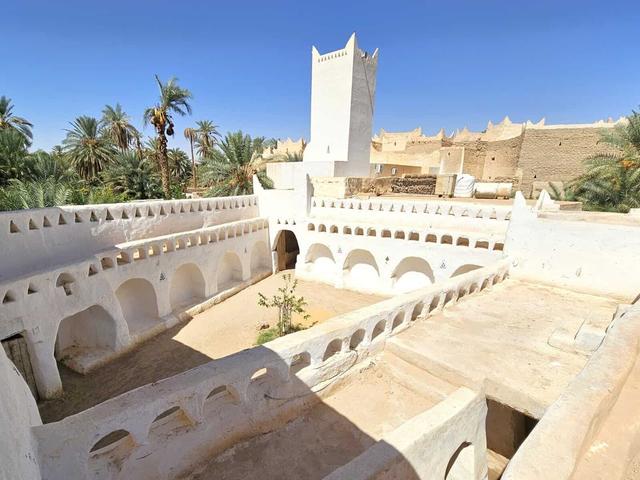
Accommodations
Guesthouses
Guesthouses in Libya are generally modest, family-run accommodations offering a more local and personal experience. They are mostly found in cities like Tripoli, Benghazi, and Sebha, though not as common as in other countries due to Libya's long-standing focus on hotel-based hospitality. These guesthouses cater to travelers looking for budget-friendly options and often include basic facilities like private rooms, local meals, and friendly, informal service. Security and cleanliness can vary, so travelers are advised to choose carefully, often through local contacts or recommendations.
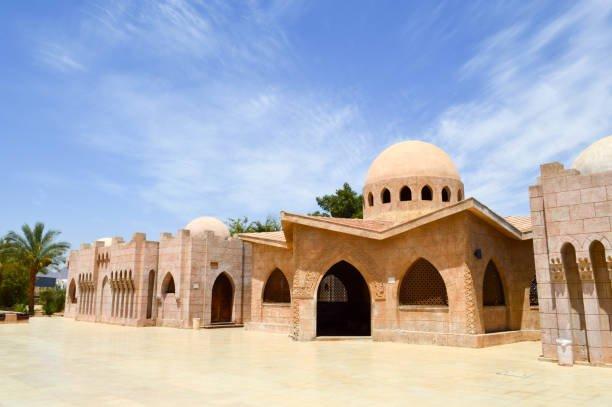
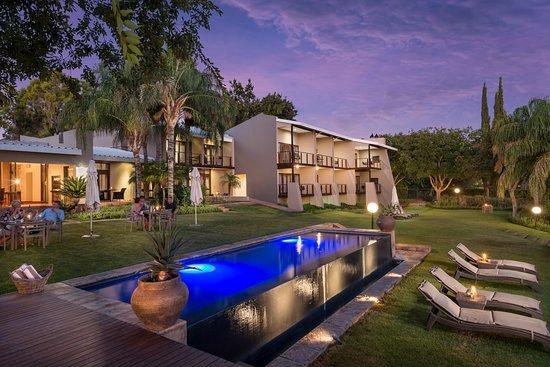
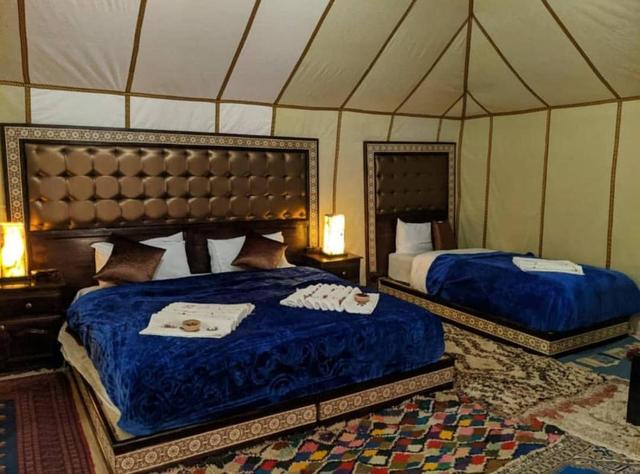
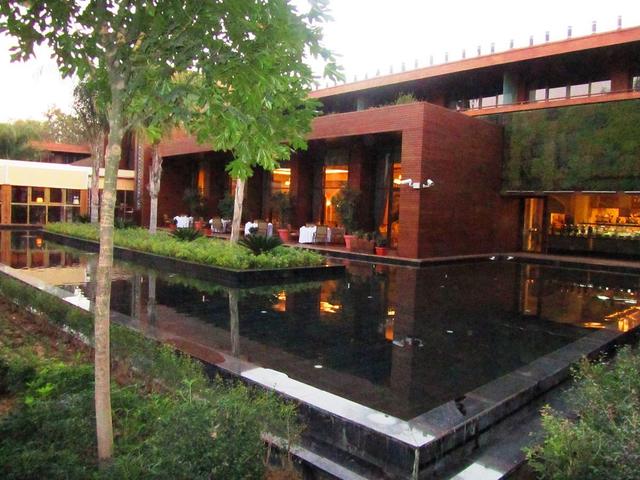
Hotels and Resorts
Hotels are the most established form of accommodation in Libya, particularly in major cities like Tripoli and Benghazi. International-standard hotels such as the Corinthia Hotel and Radisson Blu offer high-end amenities, including restaurants, conference rooms, fitness centers, and secure premises. Mid-range hotels are also widely available, providing air-conditioned rooms, satellite TV, and reliable services for business and leisure travelers alike. In smaller towns, hotels may be simpler, with more basic facilities and fewer luxuries.
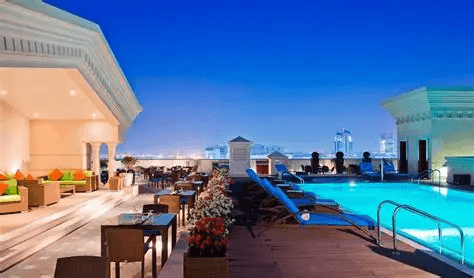
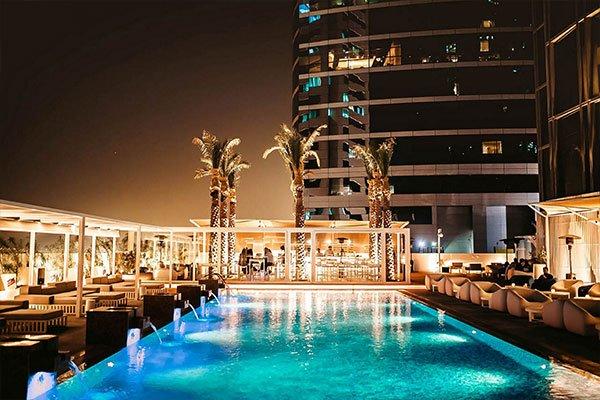
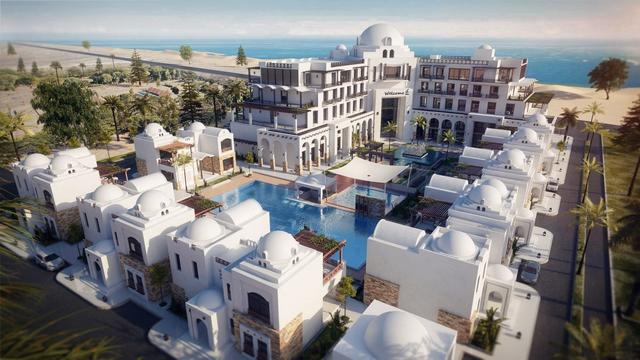
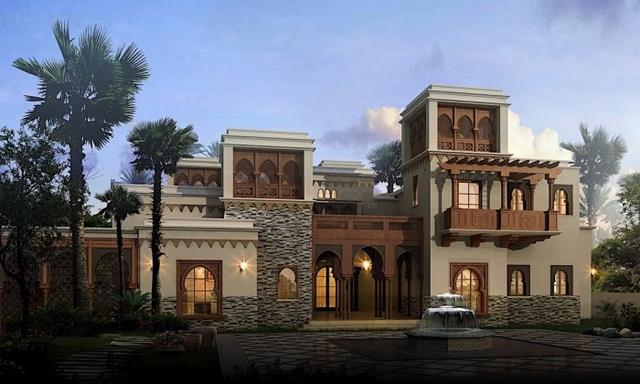
Raids
Unlike in Morocco or Tunisia, the concept of riads—traditional houses with interior courtyards—does not feature prominently in Libyan lodging culture. However, some boutique-style accommodations inspired by traditional Arab and Berber architecture can be found, particularly in oasis towns like Ghadames. These places may reflect cultural elements in their design, with carved doors, clay walls, and shaded courtyards, offering a quiet, atmospheric stay for those seeking a culturally immersive experience.
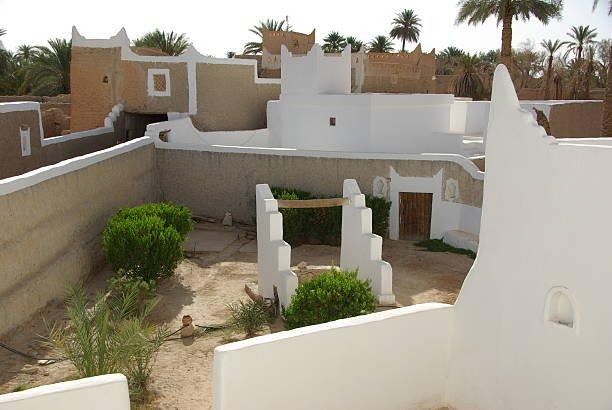
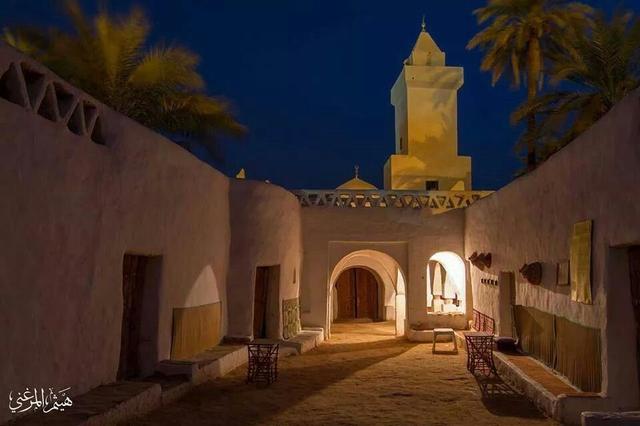
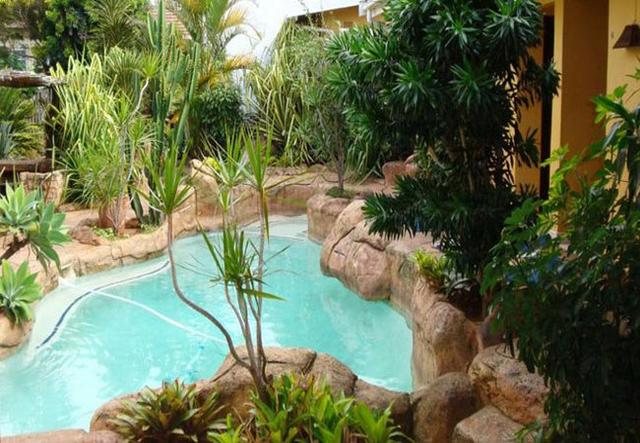
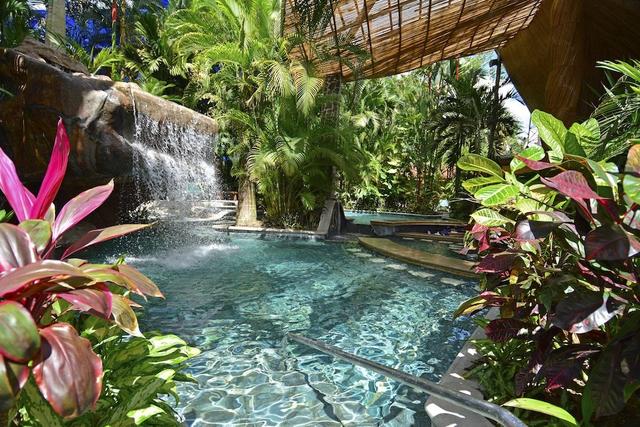
Campings
Camping in Libya is an attractive option for adventurous travelers, especially in the desert regions of the Sahara and along the coast. Organized desert camping tours are available in areas like the Akakus Mountains and the Ubari Sand Sea, where travelers can experience stargazing, camel rides, and traditional Tuareg hospitality. Some campsites offer basic facilities like tents, fire pits, and communal meals, while others are more primitive, requiring travelers to bring their own equipment. Given Libya’s current security situation, camping should always be done with a licensed guide and in well-vetted areas.
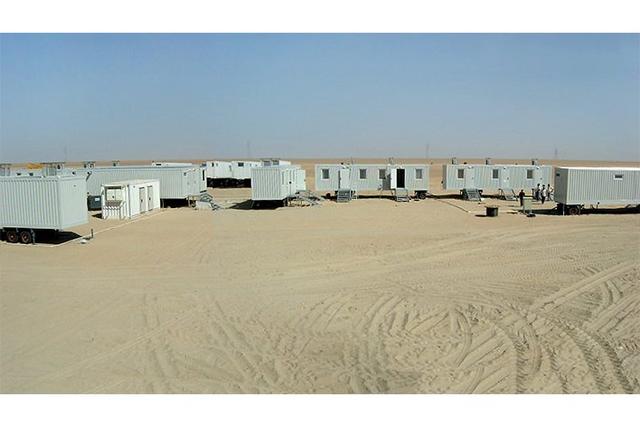

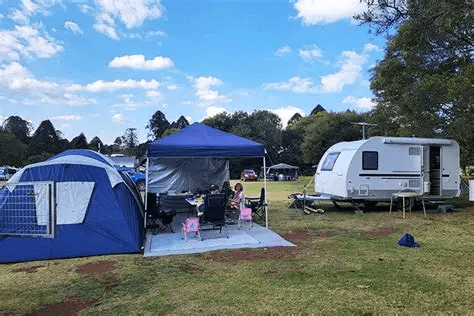
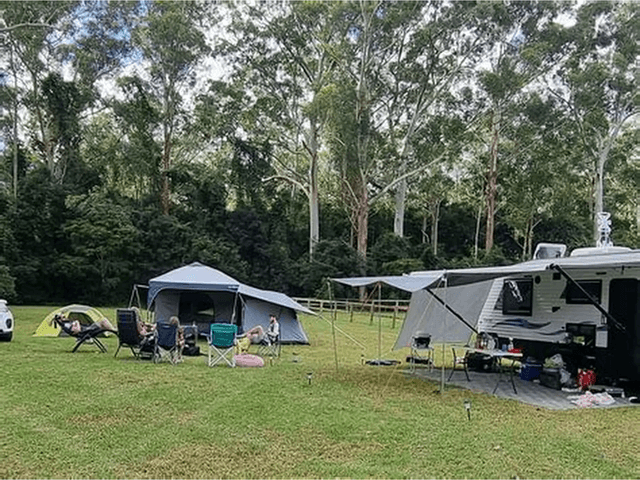
Requirement for visa
Documents needed when applying for a visa
Documents needed when applying for a Visa
- Valid passport (with at least six months of validity)
- Completed visa application form
- Recent passport-sized photographs
- Visa invitation or approval letter from Libyan authorities or a sponsor
- Proof of accommodation (hotel reservation or address of stay)
- Round-trip flight itinerary or travel booking
- Proof of sufficient financial means
- Travel insurance (if required)
- Business letter or employment verification (for business visas)
- Any additional documents requested by the Libyan embassy or consulate
Always check with the nearest Libyan diplomatic mission for specific and updated requirements
Economy of Libya
Libya’s oil and gas sector is the cornerstone of its economy, accounting for over 90% of export earnings and government revenue. With Africa’s largest proven oil reserves (~48 billion barrels) and significant gas reserves (~53 trillion cubic feet), the country is working to restore stability and attract investment after years of conflict. Oil production reached about 1.4 million barrels per day in 2024, with goals to hit 1.6 million by 2025. The state-owned National Oil Corporation (NOC) is leading efforts to boost output through new licensing rounds and partnerships with companies like Eni, BP, and TotalEnergies. Key developments include offshore gas projects, pipeline expansions, and plans to eliminate gas flaring by 2030. Despite this progress, challenges remain due to political instability, outdated infrastructure, and security risks that frequently disrupt operations.
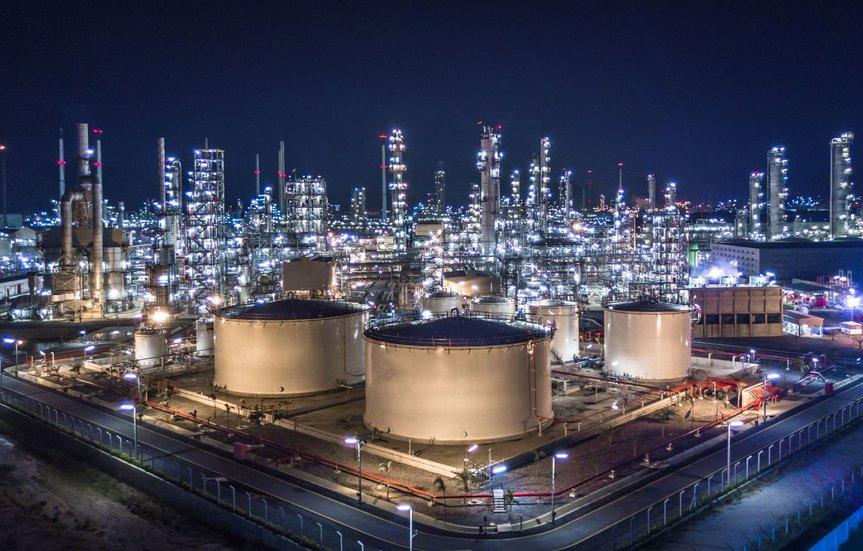
Agriculture in Libya is limited by the country’s arid climate and scarce water resources, but it remains an important sector for domestic food supply. The main agricultural activities include the cultivation of olives, dates, cereals, and vegetables, mainly concentrated in the coastal regions where irrigation is more feasible. Livestock farming, including sheep and goats, also plays a significant role. The government has invested in irrigation projects and modern farming techniques to increase productivity and reduce dependence on food imports, but challenges like water scarcity and land degradation persist.
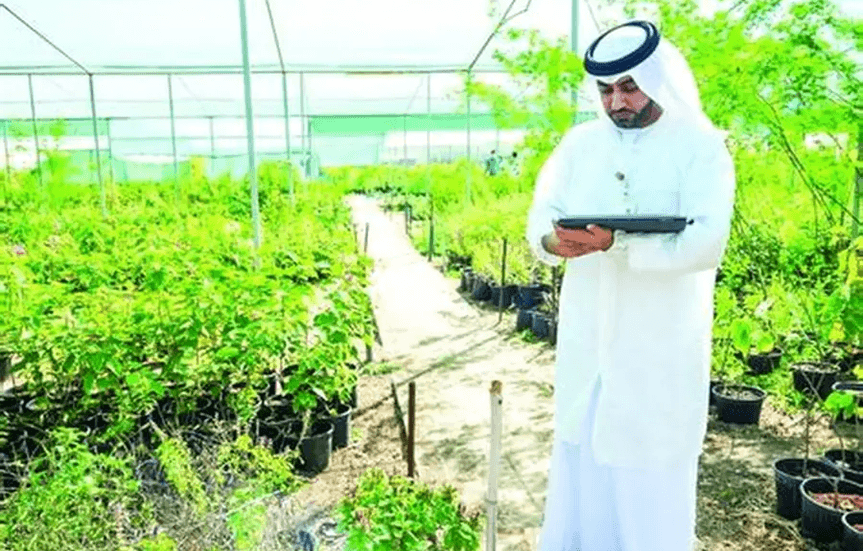
Libya’s financial sector is dominated by the banking system, which is largely state-controlled. The Central Bank of Libya oversees monetary policy and banking regulation, but years of political instability have hindered the sector’s development. Despite challenges, the banking system remains the main channel for government transactions and foreign exchange management. Efforts to modernize financial services, including the introduction of electronic banking and improving regulatory frameworks, are ongoing to support economic recovery and attract foreign investment.
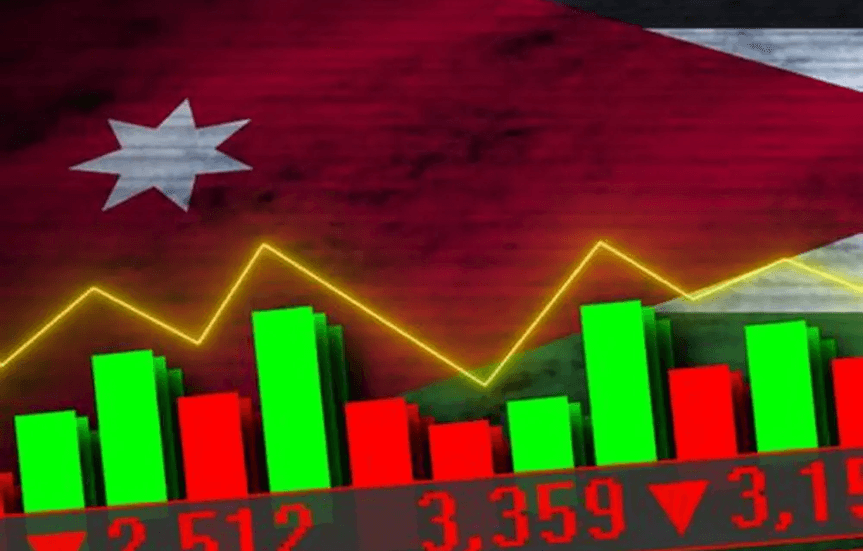
Trade in Libya is heavily centered around the oil and gas industry, which accounts for the vast majority of the country’s export revenues. Libya exports crude oil and petroleum products primarily to European and Asian markets. Imports include machinery, foodstuffs, vehicles, and manufactured goods from countries such as Italy, China, and Turkey. The trade sector faces disruptions due to political instability and infrastructure damage, but Libya’s strategic location along the Mediterranean offers potential for expanding trade once stability improves.

TRANSPORTATION AND TELECOMMUNICATIONS
Libya’s transportation system is centered around its road network, which connects major cities like Tripoli, Benghazi, and Misrata. While main roads along the coast are paved and functional, interior and rural areas often have limited or poorly maintained infrastructure. There are no active railways, but the country has several international airports and seaports that support both domestic and international travel and trade. In terms of telecommunication, mobile phone usage is widespread, with services provided by companies like Libyana and Al Madar. Internet access is growing, especially in urban areas, though connectivity remains inconsistent in remote regions. Efforts are ongoing to modernize telecom infrastructure and improve digital services across the country.
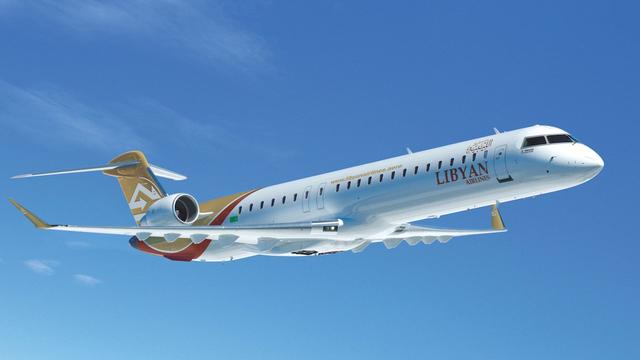
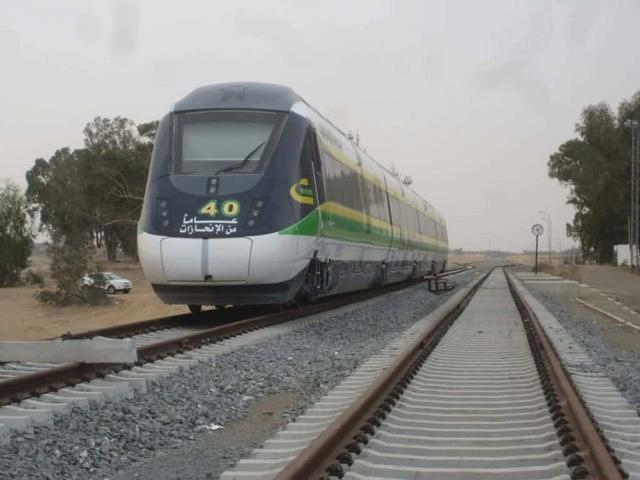
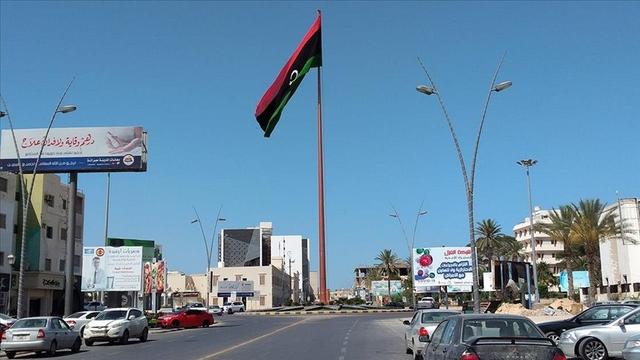
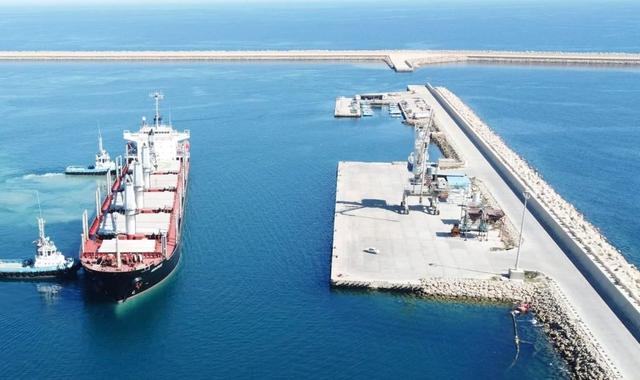
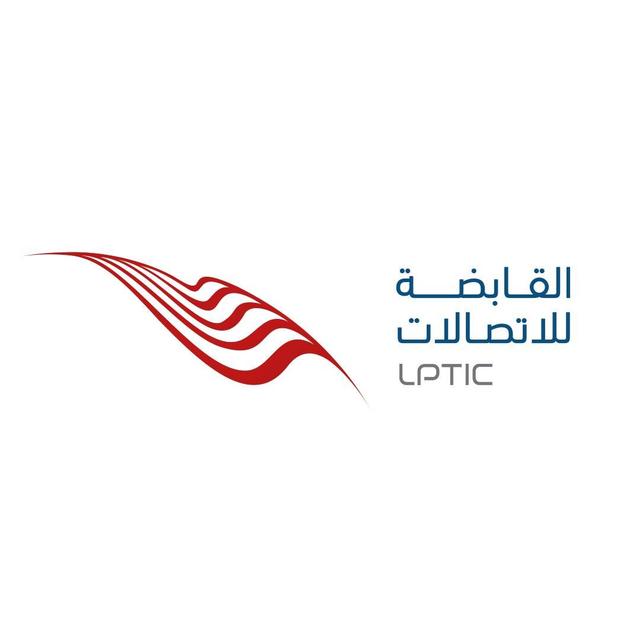

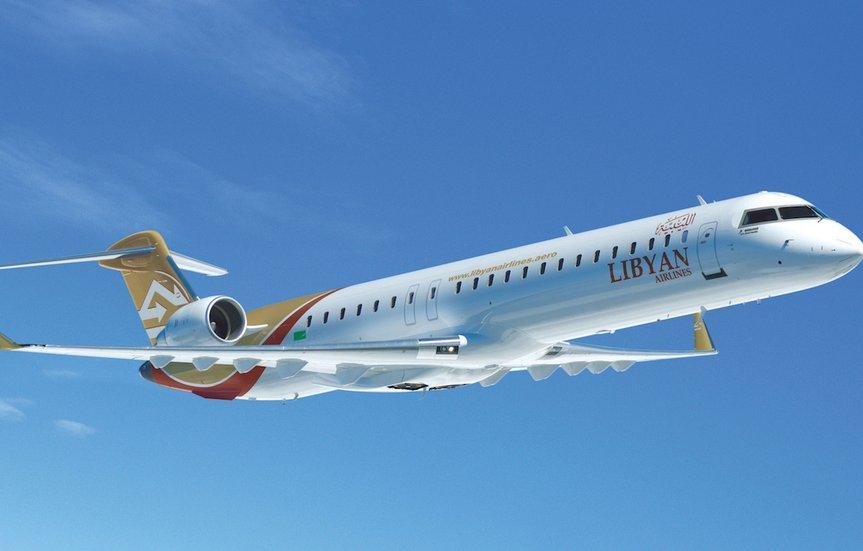
Latest News in Libya
Politics
The first president of independent Namibia, Sam Nujoma, has died at the age of 95 in the capital Windhoek, the country's current leader has announced.
Politics
Ugandan President Yoweri Museveni has officially announced his intention to seek re-election in the 2026 presidential race, extending his nearly four-decade rule. Museveni, who has been in power since 1986, is once again positioning himself as the steady hand guiding Uganda through challenges. His decision has sparked mixed reactions, with supporters praising his leadership and longevity, while critics call for fresh leadership and political reform. As the nation looks ahead to the 2026 elections, Uganda braces for a heated political contest.
Politics
Peace Agreement with DRC Rwanda and the Democratic Republic of Congo (DRC) signed a U.S.-brokered peace deal aimed at ending conflict and promoting regional trade. Rwanda agreed to stop supporting armed groups like M23 rebels, though it denies involvement. Tensions remain, and President Kagame is cautious about whether the peace will last.
Wildlife
Tanzania has announced that all foreign tourists visiting Mainland Tanzania will be required to purchase a mandatory travel insurance policy upon arrival, beginning January 2026. The new regulation, issued by the Ministry of Finance on July 4, 2025, is part of the government reforms in the country’s 2025/26 financial year agenda. According to the notice, the measure will apply to all non-citizens, with the exception of visitors from countries that are part of the East African Community (EAC) and the Southern African Development Community (SADC). Citizens from these regions will continue to be exempt from the requirement.
Environment
In light of the growing food insecurity crisis across many African nations, heads of state and agriculture experts gathered in Nairobi, Kenya, this week to discuss solutions to address food shortages, especially in regions severely affected by climate change, political instability, and economic challenges. The two-day summit, titled “Agriculture and Climate Resilience: A Pan-African Strategy”, brought together government officials, NGOs, scientists, and international organizations to create a comprehensive strategy to improve agriculture, nutrition, and sustainable food systems across the continent.
Tech & Science
In 2025, Artificial Intelligence (AI) isn’t just a futuristic buzzword - it’s the secret weapon behind some of the world’s most successful content creators. From bloggers and YouTubers to podcasters and marketers, AI-powered tools are changing the way we brainstorm, write, design, and edit. If you've ever struggled with writer’s block, lacked design skills, or wished for faster content creation - AI might be your best assistant yet. Here’s how AI is revolutionizing the creative industry and how you can use it to boost your projects.
